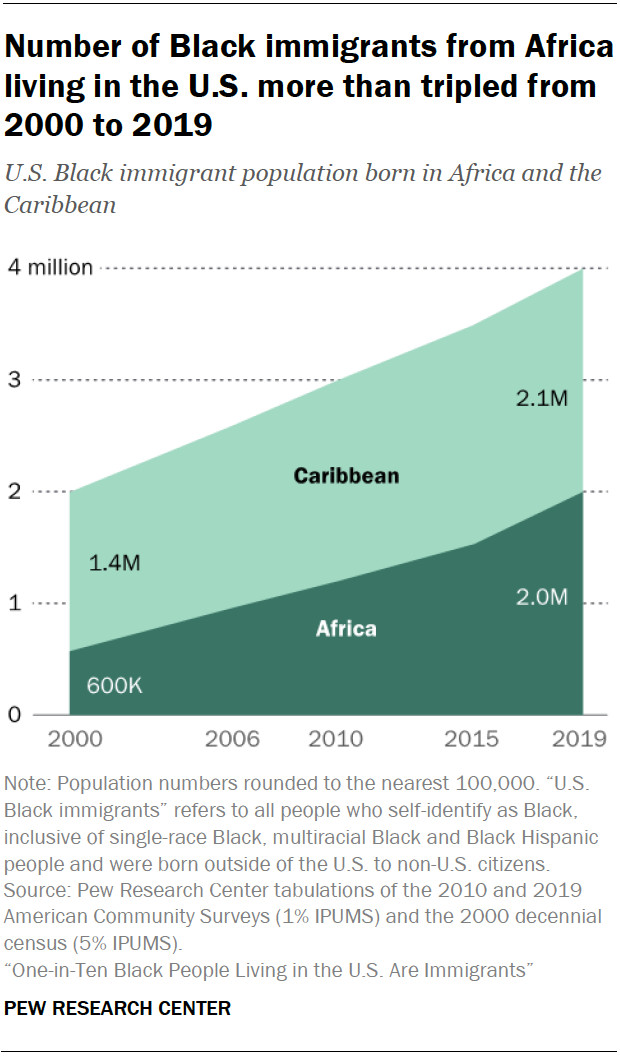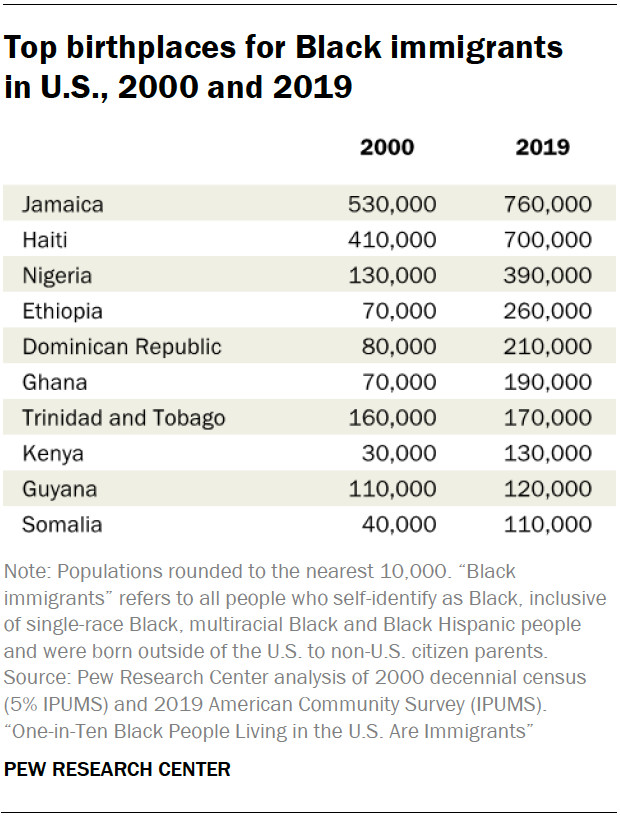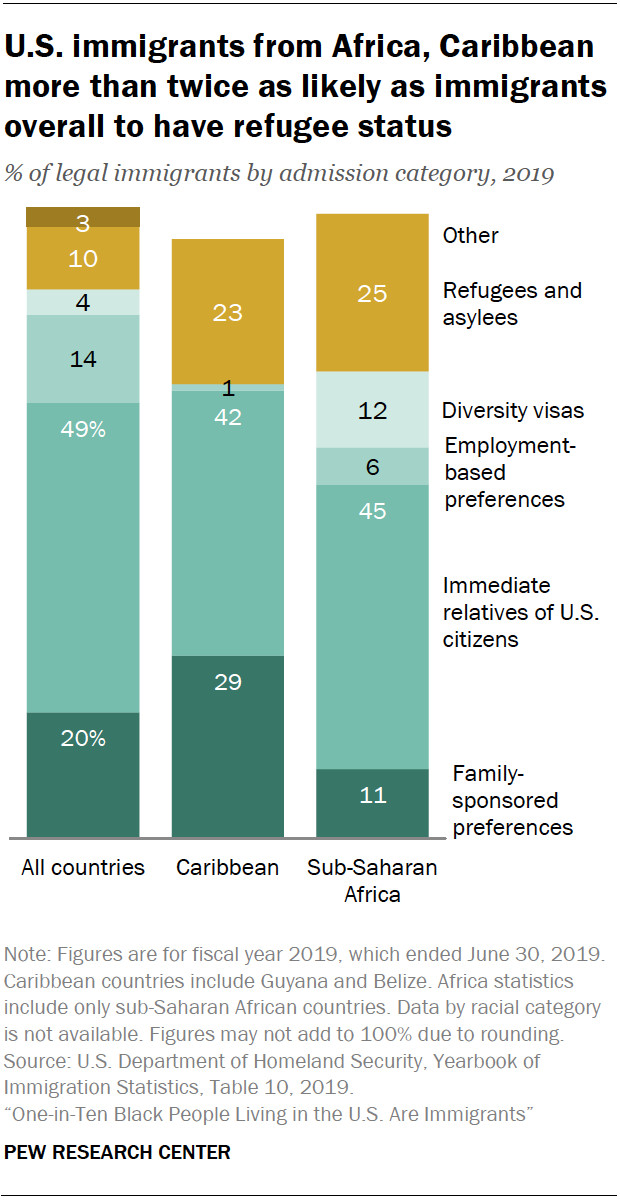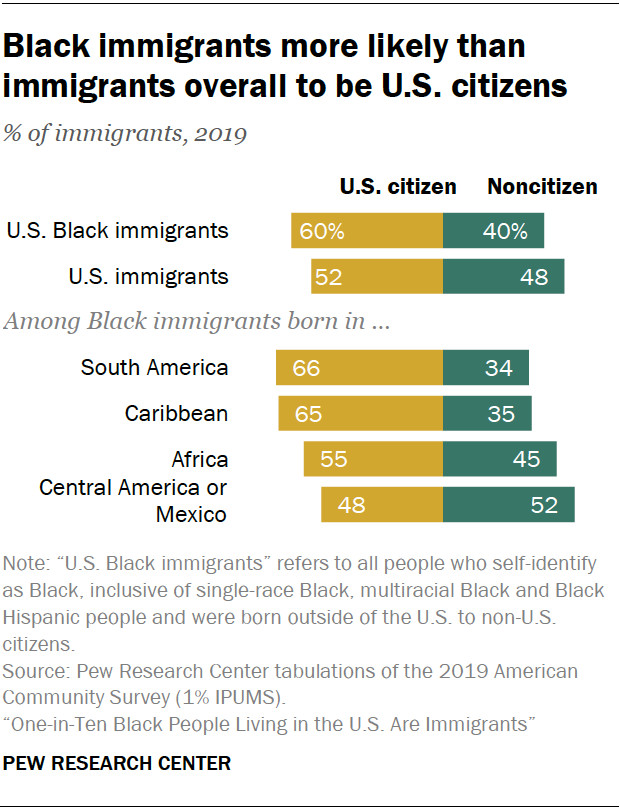Understanding the origins of Black people is a complex journey through history, marked by both forced migration and voluntary immigration. While the question “Where Did Black People Come From?” might seem simple, the answer encompasses a rich tapestry of continents, cultures, and historical events, particularly when focusing on the Black population in the United States.
For many Black people in the U.S., their story begins in Africa, the ancestral homeland of humanity. However, the narrative quickly takes a somber turn with the transatlantic slave trade, a brutal chapter that forcibly brought millions of Africans to the Americas. Beyond this tragic history, voluntary immigration from Africa and the Caribbean has significantly shaped the Black American experience in more recent times.
Tracing Back to Africa: The Ancestral Homeland
The African continent is widely recognized as the cradle of humankind, the place where human life originated. Archaeological and genetic evidence points to Africa as the starting point for the global dispersal of human populations. Therefore, in the most fundamental sense, all people can trace their ancestry back to Africa, including Black people.
However, when we talk about the origins of Black people in the context of modern demographics and identity, it’s essential to acknowledge the diverse and rich history of the African continent itself. Africa is not a monolithic entity but a vast landmass encompassing a multitude of ethnic groups, cultures, and nations, each with its unique history and heritage.
The Transatlantic Slave Trade: A Forced Migration
The transatlantic slave trade represents a pivotal and horrific event in the history of Black people in the Americas. Beginning in the 16th century and lasting for centuries, this forced migration saw millions of Africans kidnapped from their homelands and transported across the Atlantic Ocean to be enslaved in the Americas.
This brutal system forcibly uprooted individuals from their families, cultures, and ancestral lands. It is estimated that millions of Africans perished during the horrific journey and in the brutal conditions of slavery. The legacy of the transatlantic slave trade continues to impact Black communities in the Americas to this day, shaping demographics, social structures, and the ongoing struggle for racial justice.
Modern Black Immigration to the U.S.: Caribbean and African Focus
While the transatlantic slave trade represents the forced arrival of Africans to America, understanding where Black people come from today also necessitates examining modern immigration patterns. In recent decades, voluntary immigration has become a significant factor in the growth and diversification of the Black population in the United States.
The vast majority of Black immigrants in the U.S. originate from two primary regions: the Caribbean and Africa. These two areas accounted for a significant 88% of all Black foreign-born individuals residing in the United States in 2019.
 Area chart showing Black immigration from Africa to U.S. more than tripled from 2000 to 2019
Area chart showing Black immigration from Africa to U.S. more than tripled from 2000 to 2019
Growth of African Immigration: Immigration from Africa has been a major driver of the recent increase in the Black immigrant population. Between 2000 and 2019, the Black African immigrant population experienced a remarkable 246% growth, surging from approximately 600,000 to 2.0 million. As a consequence, individuals of African origin now constitute 42% of the total foreign-born Black population, a substantial rise from just 23% in 2000.
Caribbean Dominance Remains: Despite the rapid growth of African immigration, the Caribbean continues to be the most prevalent region of birth for Black immigrants in the U.S. Slightly under half (46%) of the foreign-born Black population hails from the Caribbean. Within this region, Jamaica and Haiti stand out as the two largest countries of origin, representing 16% and 15% of all Black immigrants, respectively.
Beyond the Caribbean and Africa: While Africa and the Caribbean are the dominant regions, Black immigrants also come from other parts of the world. Around one in ten (8%) Black immigrants were born in South America, Central America, or Mexico. Smaller proportions originate from Europe (2%) or Asia (1%).
A Brief History of Black Immigration Policies
Understanding the “where” of Black immigration also requires looking at the “how” – specifically, the policies that have shaped migration patterns over time.
Early Restrictions: Following the Civil War, restrictive immigration policies targeting non-Western Europeans hindered the voluntary migration of Black people to the U.S. until the mid-20th century.
Policy Shifts in the 20th Century: The most recent surge in voluntary Black immigration, alongside increased immigration from Latin America, Asia, and the Middle East, is largely attributable to shifts in U.S. immigration policies throughout the 20th century. Key legislation includes:
-
Immigration and Nationality Act of 1965: This landmark act dismantled the long-standing national origins quota system that favored immigrants from Western Europe. It introduced a new system prioritizing family reunification and skilled immigrants, opening doors for more diverse immigration, including from Africa and the Caribbean.
-
Refugee Act of 1980: This act established a formal definition for refugees and created a system for refugee admissions. It facilitated the arrival of refugees from various countries, including those from the Democratic Republic of the Congo, Eritrea, and Ethiopia, further diversifying the Black immigrant population.
-
Immigration Act of 1990: This act introduced the Diversity Immigrant Visa Program, aimed at encouraging immigration from countries with historically low rates of immigration to the U.S. This program led to an increase in immigrants from countries like Sudan, Ethiopia, and Kenya, among others.
Top Countries of Origin: Jamaica and Haiti Lead, Africa Rising
Jamaica and Haiti have consistently remained the top two countries of origin for Black immigrants in the U.S., both in 2000 and 2019. However, their combined share of the Black immigrant population decreased from 39% in 2000 to 31% in 2019, indicating a growing diversity of origin countries.
 Table showing top birthplaces for Black immigrants in U.S., 2000 and 2019
Table showing top birthplaces for Black immigrants in U.S., 2000 and 2019
Nigeria and Ethiopia emerged as the leading birthplaces for Black African immigrants in 2019, with approximately 390,000 and 260,000 immigrants respectively. Countries like Kenya, Ethiopia, Somalia, Nigeria, and Ghana have witnessed substantial growth in their immigrant populations in the U.S. since 2000.
Legal Status and Pathways to Entry
The legal pathways through which Black immigrants enter and reside in the U.S. are diverse, reflecting various immigration categories and statuses.
Naturalization Rates: Black immigrants exhibit a slightly higher rate of naturalization compared to the overall immigrant population in the U.S. In 2019, 60% of Black foreign-born individuals were naturalized U.S. citizens, compared to 52% of all immigrants. Citizenship rates vary among Black immigrants based on region of origin, with Caribbean and South American-born immigrants having the highest rates.
Refugee and Asylee Status: A notable proportion of Black immigrants, particularly those from sub-Saharan Africa and the Caribbean, enter the U.S. as refugees or asylees. In fiscal year 2019, about one-quarter of legal immigrants from these regions were admitted under refugee or asylee status, compared to 10% of all immigrants. The Democratic Republic of the Congo and Cuba were major source countries for refugees and asylees from Africa and the Caribbean, respectively.
 Column chart showing U.S. immigrants from Africa, Caribbean more than twice as likely as immigrants overall to have refugee status
Column chart showing U.S. immigrants from Africa, Caribbean more than twice as likely as immigrants overall to have refugee status
Diversity Visa Program: The Diversity Visa Program plays a more significant role for immigrants from sub-Saharan Africa compared to the overall immigrant population. In fiscal year 2019, 12% of immigrants from sub-Saharan Africa were admitted through this program, while the figure was less than 5% for all immigrants.
Family Sponsorship: Despite other pathways, family sponsorship remains the most common route for immigrants, including Black immigrants from sub-Saharan Africa and the Caribbean, to enter the U.S. or adjust their status.
Unauthorized Immigration: Black immigrants are less likely to be in the U.S. without authorization compared to the overall immigrant population. In 2017, approximately 14% of Black immigrants were estimated to be unauthorized, compared to 23% of all immigrants in the U.S.
 Bar chart showing Black immigrants more likely than immigrants overall to be U.S. citizens
Bar chart showing Black immigrants more likely than immigrants overall to be U.S. citizens
Conclusion: A Tapestry of Origins
Where did Black people come from? The answer is multifaceted and deeply rooted in history. While the ancestral origins lie in Africa, the story of Black people in the U.S. is also profoundly shaped by the forced migration of the transatlantic slave trade and, more recently, by voluntary immigration from the Caribbean, Africa, and other parts of the world.
Understanding the origins of Black people requires acknowledging both the painful legacy of slavery and the resilience and dynamism of immigrant communities. The Black population in the U.S. is a vibrant and diverse group, enriched by a complex history and a multitude of origins that continue to evolve.


